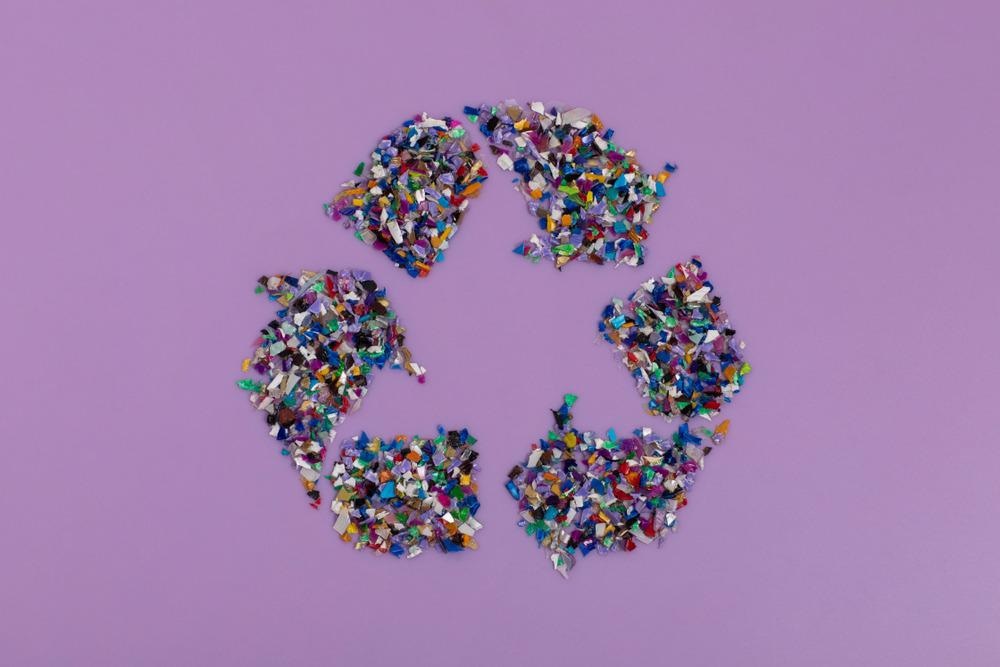A novel approach for securing and tracing different products using recyclable nanoparticles has been presented in the study published in the journal ACS Applied Nano Materials.

Study: A Physical Unclonable Function Based on Recyclable Polymer Nanoparticles to Enable the Circular Economy. Image Credit: Lea Rae/Shutterstock.com
Biometric for Things – Yes, it is a Thing
Biometrics For Things (BFTs) is a digital identification system for everyday items. BFTs establish a direct connection between an item's digital ID and its secure physical ID. This enables the production of authentic twins for all retail goods by creating an unbreakable connection between the digital and physical worlds.
The concept of BFTs provides a comprehensive approach for item verification, authentication, and recognition, with the practical utilization of combating counterfeit products.
Tackling Counterfeiting
Counterfeiting continues to be a significant issue that society faces. Thus, to mitigate the problem of counterfeiting, an optical identification system immediately accessible on handheld devices could be utilized.
In this paper, the team presented a secure physical ID-based system to tackle the dilemma of counterfeiting. The system proposed employs physical unclonable functions (PUFs) for data storage.
What Are Physical Unclonable Functions and How Do They Fit In?
PUFs are one-of-a-kind physical items that store massive quantities of data, data which can be captured and evaluated at a later time or run-time. This ability to hold massive amounts of data makes PUF-based systems ideal for product tracking.
The PUF-based authentication and recognition framework for consumer products necessitate that every PUF is inexpensive and that the PUF be an integrated component of the item and its packaging to the degree that it can be reprocessed with the item.
The production of reusable PUFs is a serious hurdle that can be addressed using enhanced multifunctional polymeric chemistry and nanotechnology.
This research by the team focused primarily on polymeric chemistry, which is utilized in various industries, including soft drink bottles, food packaging, cosmetic packaging, and medicine containers.
Polyester-Based Nanoparticles – A Revolution in Design
The team of researchers demonstrated the utilization of polyester-based polymer nanoparticles to develop a unique PUF-based optical recognition system.
In this system, the whole carbon footprint is inscribed upon the digital ID during manufacturing. The carbon footprint can also be recorded throughout the product's life cycle. Once the product reaches the end of its lifecycle, its carbon ledger can finally be sealed, but not before it has been disposed of properly
For the customer, the PUF serves as an agreement with the producer, certifying the product's legitimacy and its effect on the environment. As an aspect of the product's potential second life, provable lineage is appended to the digital ID as a component of the PUF. After its life, the PUF may be linked to proper recycling, so mediating its combined carbon footprint.
Results of the Study
The team of researchers demonstrated that agglomerated nanoparticles might be used to construct a completely polymer-based PUF.
They also pointed out that the PUF supports recycling by presenting knowledge on steps to recycle the PUF effectively and considering that the product contains no additives, the product may be recycled as a whole.
The researchers created stochastic patterns using polymer-based nanoparticles on various surfaces.
QR codes were employed to delineate sections of the stochastic patterns, resulting in unique smartphone-friendly PUFs. It was shown that the completely polymer-based PUF could be utilized in a mobile phone-based verification system to provide a distinct physical ID for various products.
The ultimate promise of the physical IDs resides in attaching them to their respective digital IDs, producing digital twins. This process, in the correct context, eliminates all obstacles to specific product monitoring.
The team concluded that, even though the shift to a circular economy remains dependent on human behavior, it may be facilitated by tracking product carbon footprints using PUFs.
Reference
Benito, A., Hoyos, M., Manchado, M., & Sørensen, T. (2022). A Physical Unclonable Function Based on Recyclable Polymer Nanoparticles to Enable the Circular Economy. ACS Applied Nano Materials. Available at: https://pubs.acs.org/doi/10.1021/acsanm.2c00808
Disclaimer: The views expressed here are those of the author expressed in their private capacity and do not necessarily represent the views of AZoM.com Limited T/A AZoNetwork the owner and operator of this website. This disclaimer forms part of the Terms and conditions of use of this website.